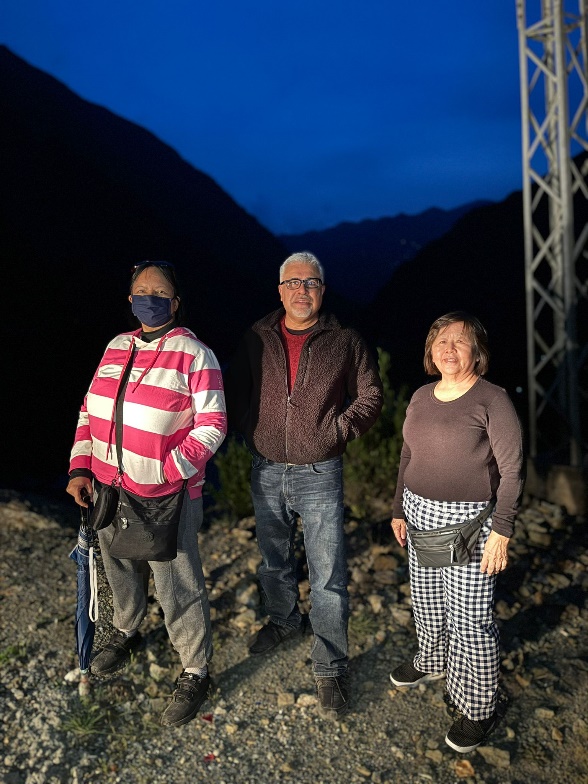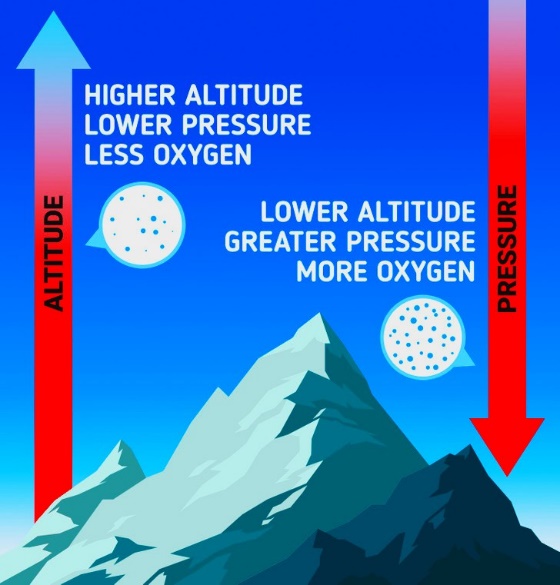
Mountain Altitude Sickness
What is Mountain Altitude Sickness?
Mountain altitude sickness, also known as mountain sickness, is a condition that can occur when INDIVIDUALS ASCEND TO HIGH ALTITUDES TOO QUICKLY.
MOUNTAIN SICKNESS DOESN’T AFFECT EVERYONE, but the likelihood of experiencing acute mountain sickness rises at higher altitudes.
It is caused by the reduced oxygen levels at higher elevations, leading to symptoms such as headache, dizziness, nausea, fatigue, and difficulty sleeping.
There are three main types of mountain altitude sickness: acute mountain sickness (AMS), high-altitude pulmonary edema (HAPE), and high-altitude cerebral edema (HACE).
AMS is the mildest form and is the most common, while HAPE and HACE are more severe and can be life-threatening.
If symptoms of mountain altitude sickness develop, it is important to descend to a lower altitude and seek medical attention if the symptoms are severe.
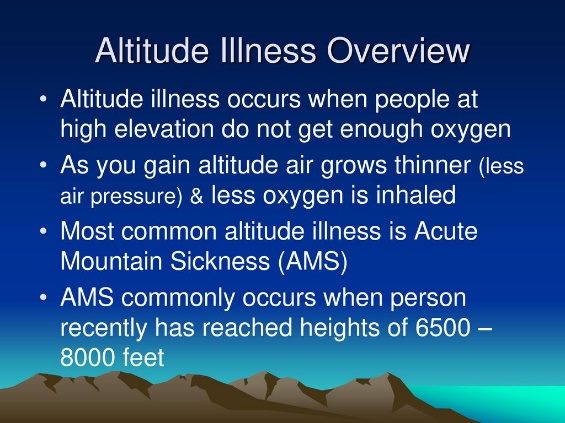
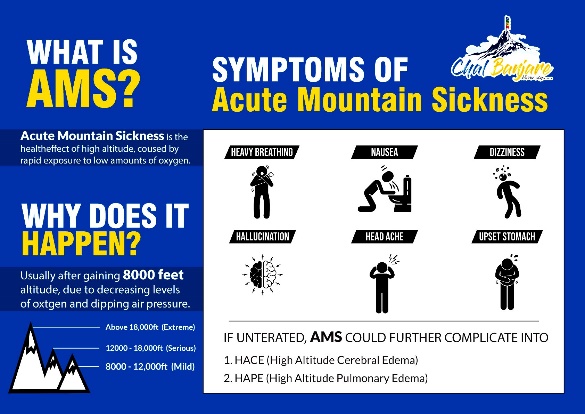
How do I deal with Mountain Altitude Sickness/Altitude Sickness?
The BEST WAY TO PREVENT ALTITUDE SICKNESS IS THROUGH ACCLIMATIZATION, allowing the body to gradually adjust to the changes in air pressure as it travels to higher elevations.
If experiencing mild symptoms, stay at the current altitude, rest, keep warm, and stay hydrated.
For mountain altitude sickness leading to symptoms such as headache, dizziness, nausea, fatigue, and difficulty sleeping, the following medications and treatments can be considered:
Ibuprofen or paracetamol (panadol): These over-the-counter painkillers can help ease symptoms such as headache and body aches.
Anti-sickness medication: This can be used to alleviate nausea and dizziness associated with altitude sickness. Acetazolamide (diamox): This medication can help alleviate symptoms and aid in acclimatization. It is commonly used for both prevention and treatment of acute mountain sickness. Oxygen therapy can be administered using a portable oxygen cylinder to alleviate symptoms and improve oxygen levels in the body.
Additionally, descending to a lower altitude is the primary treatment for severe cases of altitude sickness. It’s crucial to seek medical help promptly for severe altitude sickness to ensure appropria treatment and management.

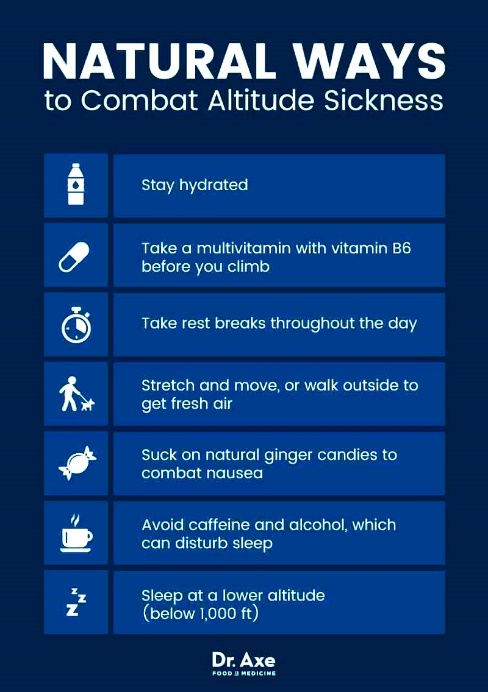
Image Source: Tunga Trekker
Image Source: Chalbanjare
Image Source: Dr. Axa




